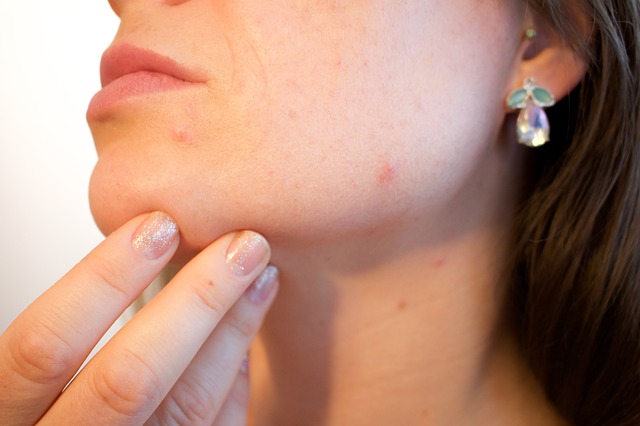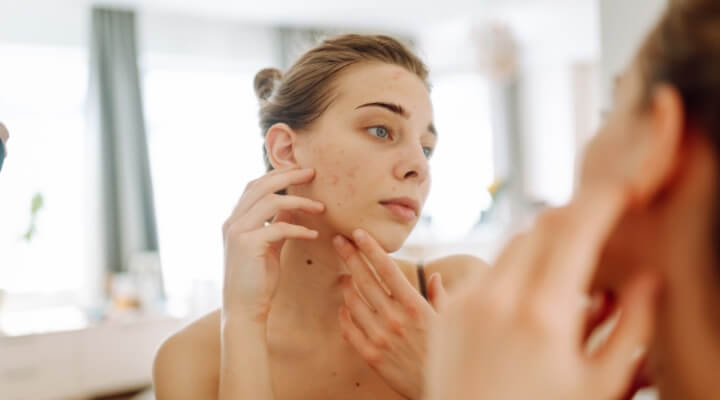Folliculitis on Buttocks Symptoms: Understanding and Management
As a professional beautician, it is essential to be well-versed in common skin conditions that clients may experience, such as folliculitis on buttocks symptoms. This condition, although often non-threatening, can be quite uncomfortable for those affected, and knowing how to recognize its signs is crucial.
The occurrence of folliculitisthe inflammation of hair follicleson the buttocks is not uncommon and can be triggered by various factors, including bacterial or fungal infections, friction from tight clothing, or even shaving. Getting familiar with these symptoms will help you guide your clients to better skin health and care.
Recognizing the Symptoms of Folliculitis on Buttocks
The primary signs that might indicate a case of folliculitis on the buttocks include:
1. Red Bumps
Individuals often report the appearance of small, red bumps or pimples on the buttocks, which is one of the earliest indications of folliculitis. These bumps may be filled with pus and can mimic the look of acne. They are often accompanied by a certain degree of redness and inflammation in the area.
2. Itching and Discomfort
Another common symptom is itching, which can range from mild to severe. This itching can lead to discomfort, making sitting or wearing certain types of clothing unpleasant for the individual. Interestingly, the more one scratches, the more inflamed the area tends to become.
3. Tenderness and Pain
Along with itchiness, individuals may experience tenderness or pain in the affected areas. This pain can intensify if the condition is exacerbated by external factors such as tight clothing or prolonged sitting.
Causes of Folliculitis on Buttocks
Understanding the causes can aid in prevention and effective treatment. Factors contributing to folliculitis include:
1. Bacterial Infection
Folliculitis is often caused by bacterial infections, particularly Staphylococcus aureus, which can infiltrate and irritate the hair follicles.
2. Friction and Sweat
Friction from clothing, especially when combined with sweat, can trigger or exacerbate folliculitis, as this environment is conducive for bacteria and fungi to thrive.
3. Blocked Pores
Pores on the buttocks can become blocked by oils, sweat, or dead skin cells, leading to inflammation and infection of hair follicles.
Managing Folliculitis as a Beautician
While severe cases might require medical attention, there are several proactive steps you can recommend to clients for managing this condition:
1. Maintain Proper Hygiene
Encourage clients to maintain good hygiene, especially after sweating, to reduce the risk of infection.
2. Wear Loose, Breathable Clothing
Recommending breathable clothing can help reduce friction and sweating, mitigating the risk of developing folliculitis.
3. Exfoliate Regularly
Gentle exfoliation can remove dead skin cells and help keep hair follicles clear. However, caution should be exercised not to irritate the skin further.
For more about managing similar conditions, check out this article on Facial Folliculitis Signs.
Advanced Treatment Options
If the condition persists, advise clients to seek consultation with healthcare providers who might suggest treatments like topical antibiotics or antifungal medications. Sometimes, laser therapy is recommended for recurrent cases.
Learn more about treatment options by visiting this Medical News Today article.
Preventive Measures
Providing guidance on prevention can aid clients in avoiding future outbreaks:
1. Use Antibacterial Soaps
Recommend antibacterial washes or gentle cleansers that can help keep the skin clean and bacteria-free.
2. Avoid Tight Clothing
Guiding clients away from tight clothing can prevent the friction that often triggers folliculitis.
For comprehensive preventive strategies, see this resource on Recognizing Folliculitis on Arms.

Conclusion
By understanding the symptoms and causes of folliculitis on the buttocks, you, as a beautician, can provide valuable advice and support to your clients. Offering preventative tips and guidance for management will ensure your clients maintain clear, healthy skin.
FAQs About Folliculitis You Should Know
1. Is folliculitis contagious?
Answer: Certain forms caused by bacteria or fungi can be spread through close contact, but it generally isn't highly contagious.
2. Can shaving worsen folliculitis?
Answer: Yes, shaving can irritate or further inflame the skin, potentially worsening the condition.
3. What at-home treatments can reduce symptoms?
Answer: Warm compresses, over-the-counter antibiotic creams, and good hygiene can help manage mild cases.

